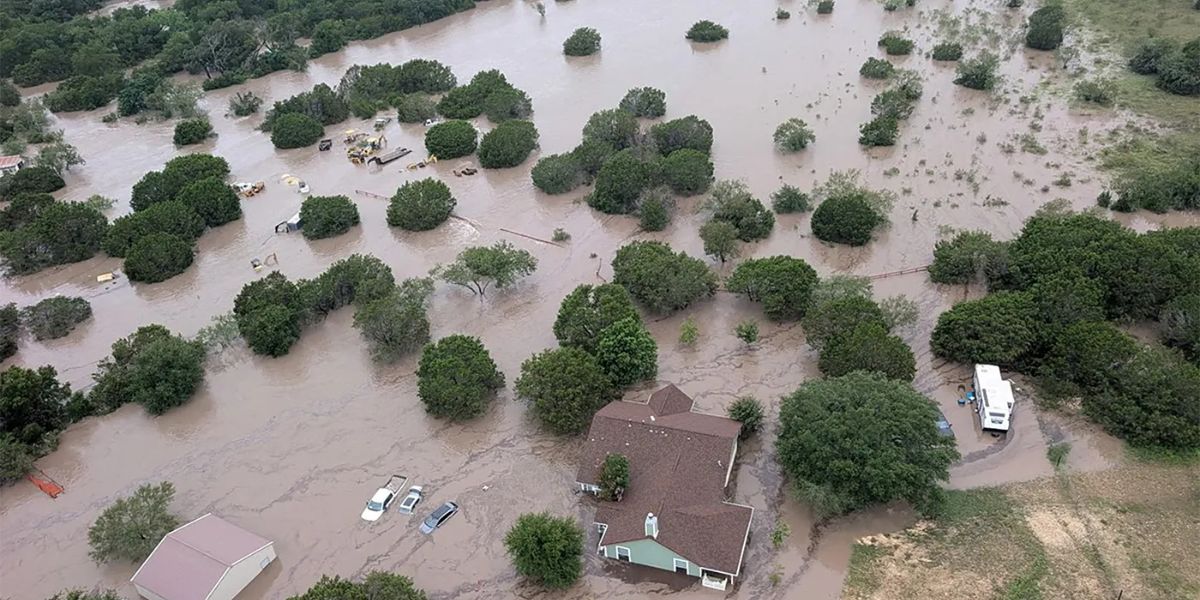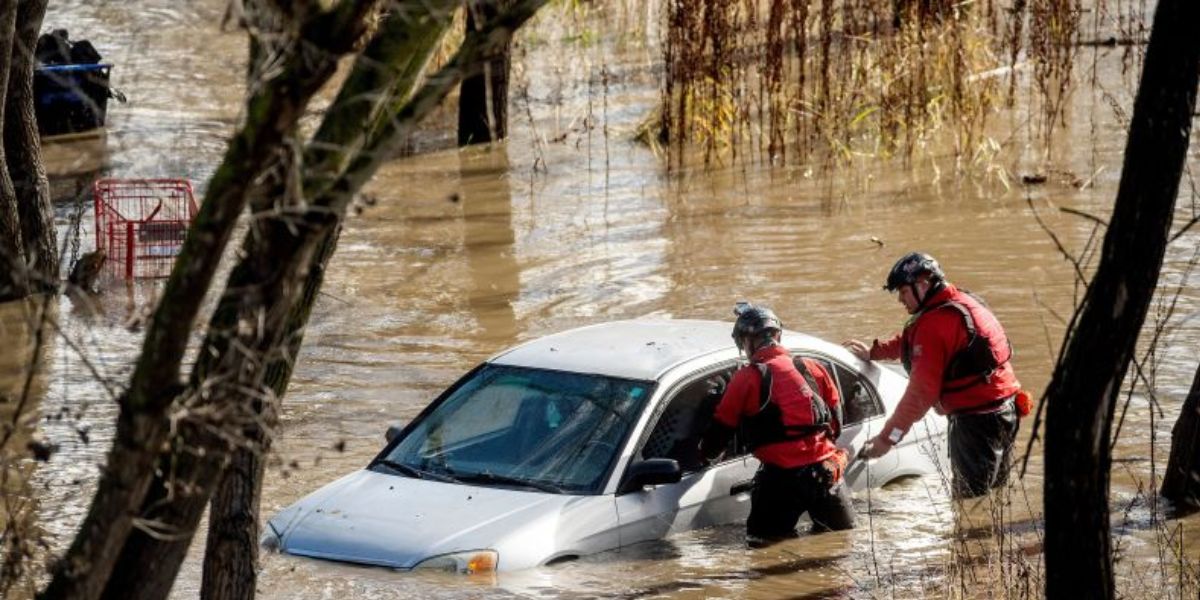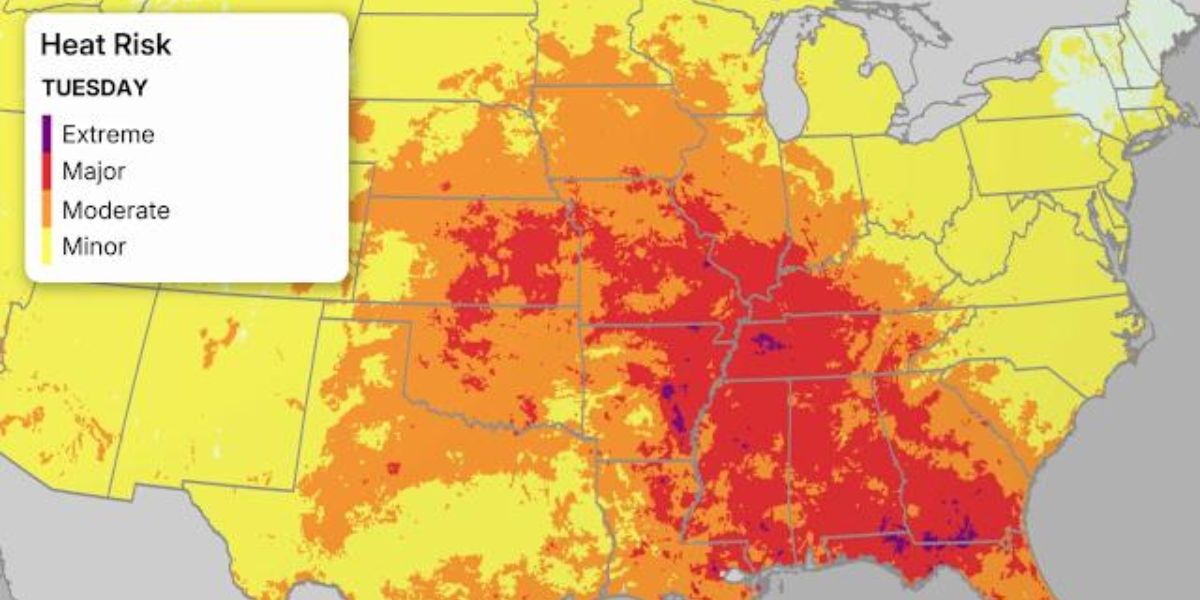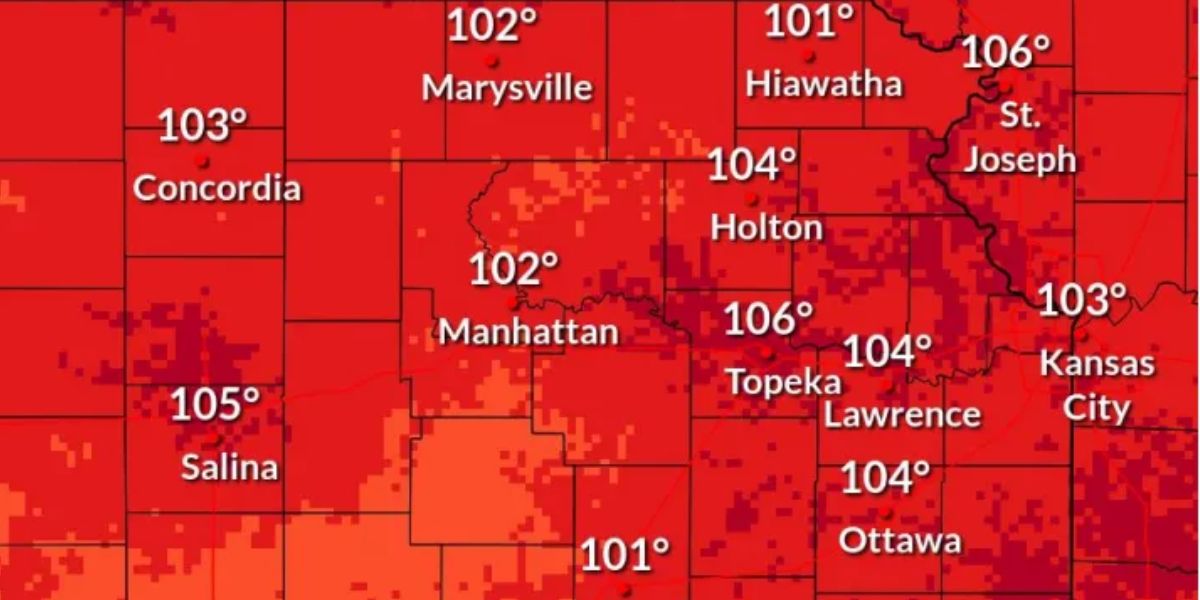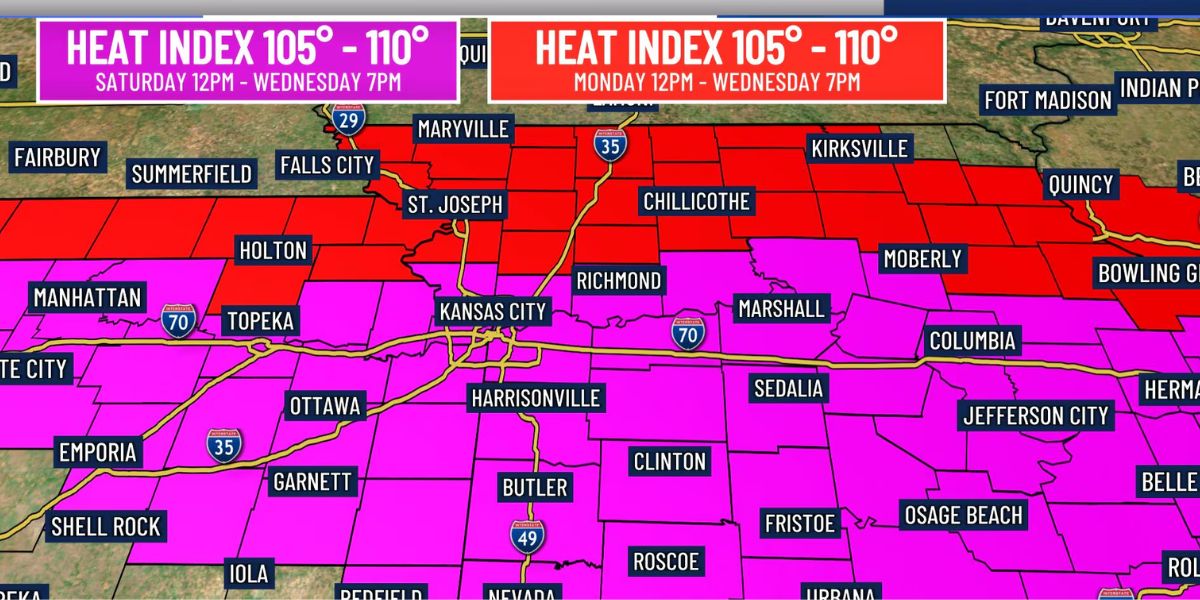It’s true that there have been a lot of reports of floods in the United States during the summer of 2025. According to a post on X by meteorologist Michael Lowry, the National Weather Service has issued more flood warnings this year than in any other year since 1986.
According to data from Iowa State University, 3,045 flood warnings have been issued so far in 2025 as of July 15. That surpasses the 3,033 warnings that were given in 1998.
Several consecutive record-breaking flooding disasters have occurred across this month alone, particularly in the North-east and in the states of Texas, North Carolina, Illinois, and New Mexico. Many of these events have been fatal.
Rainfall in Kansas City, Kansas, on Wednesday was between one and two inches per hour, stranding drivers on the roads and drowning the home of at least one family.
According to the National Oceanic and Atmospheric Administration, flash floods are the most dangerous kind of flooding due to their speed and force.
Here are some things to think about in relation to the recent flash floods and the reasons they appear to be getting worse.
What is the frequency of flash floods and when do they occur?
According to AccuWeather, summertime flash floods are frequent because warmer air can contain more moisture than cooler air. Increased atmospheric moisture provides additional fuel for rainfall and thunderstorms.
According to NOAA, flash floods occur when intense rainfall occurs more quickly than the ground can absorb it.
According to the National Weather Service, flash flooding is mostly caused by two factors: the amount of rainfall and the duration of the storm. The geography of a region, the amount of vegetation that can aid in runoff, and the soil’s capacity to absorb rainwater all have a role.
Flash flooding can be extremely harmful since it is unpredictable. According to NOAA, flash floods “may occur minutes after the precipitation that caused them, limiting the time available to warn and protect the public.”
What has caused the current increase in flash floods?
The population
One reason why flash floods have gotten so catastrophic, according to James Booth, a professor of climate change and weather at the City College of New York, told Time, is that as the population grows, so does the vulnerability to flash floods.
Infrastructure
When the earth becomes so saturated that it is unable to absorb any more rainfall, water begins to spill over the ground surface. Because houses, roads, parking lots, and driveways limit the amount of rainwater that is absorbed by the earth, densely populated places are particularly vulnerable to flash floods.
After that, water is directed to storm sewers, which may soon overflow or become clogged with debris.
Read Also: 9-Day Forecast: Weekend Heat Wave Followed by Rainy Pattern
According to AccuWeather, a large portion of the country’s infrastructure, such as roads, sewers, and drainage systems, was not built to survive the increasingly frequent, strong downpour storms.
According to experts, flash flooding is increasing due to climate change
According to the Environmental Protection Agency, flash flooding is a typical summertime concern, but the threats are also evolving since climate change may have an impact on how strong and frequent rainfall is.
According to the rules of thermodynamics, the atmosphere can store roughly 7% more water vapour for every degree Celsius that Earth’s temperature rises.
Shepherd notes that the Gulf and other bodies of water are seeing rising water temperatures, which increases the amount of moisture that is available for these summer storms. “Over the past few decades, there has been an increase in heavy rain in every part of the United States.”
According to a recent study by the nonprofit research group Climate Central, hourly rainfall rates in 126 U.S. cities (out of 144 analysed) are 15% greater than rates in 1970.

